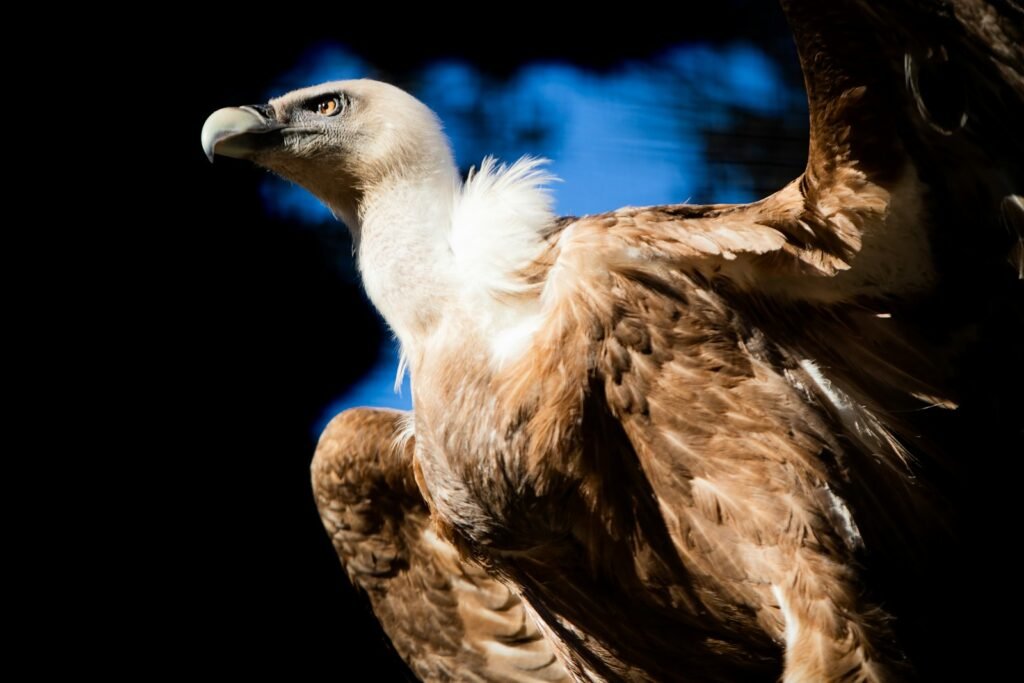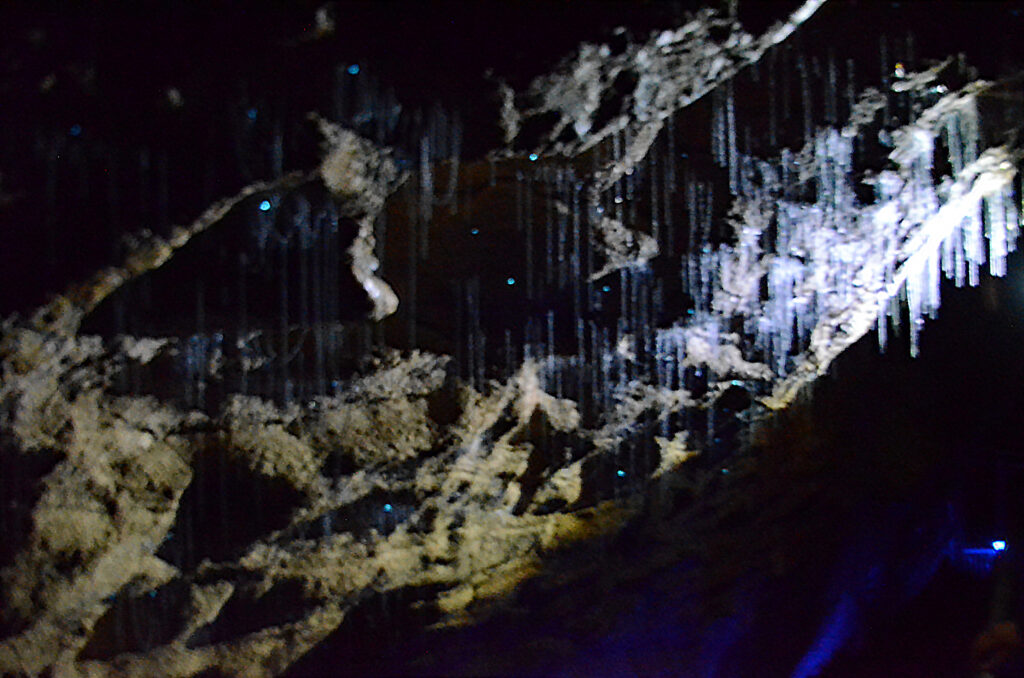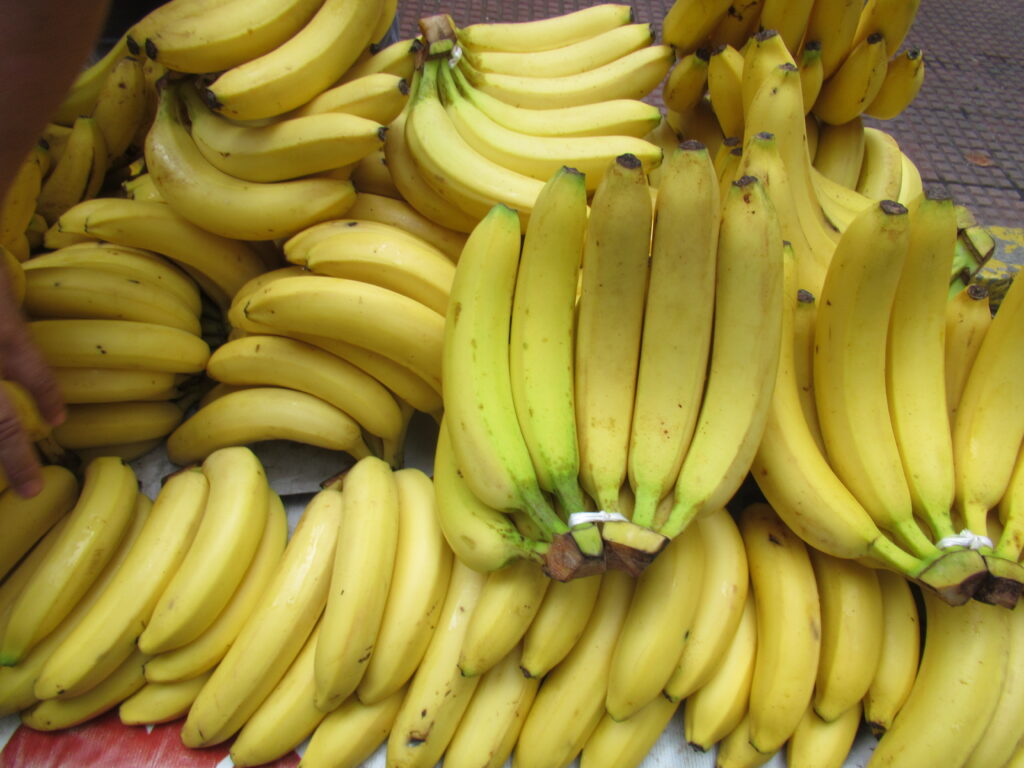It was in the wide, sun-baked open grasslands of South Africa’s Kruger National Park that death crept up. A poisoned elephant corpse, marinated in farm pesticides, was a killing ground for 123 vultures, nature’s cleanup crew par excellence. The tragedy, one of the deadliest poisonings in the park’s history, reveals a harrowing truth: poachers aren’t just killing elephants and rhinos, they’re exterminating the very scavengers that keep ecosystems ticking.
The vultures, including critically endangered species, perished after feasting on the tainted remains. Another 83 were rescued, some airlifted by helicopter, others transported in a specialized “vulture ambulance.” But the damage was done. This wasn’t just an attack on birds, it was an assault on Africa’s delicate ecological balance.
The Poisoned Feast: How a Single Carcass Killed Hundreds
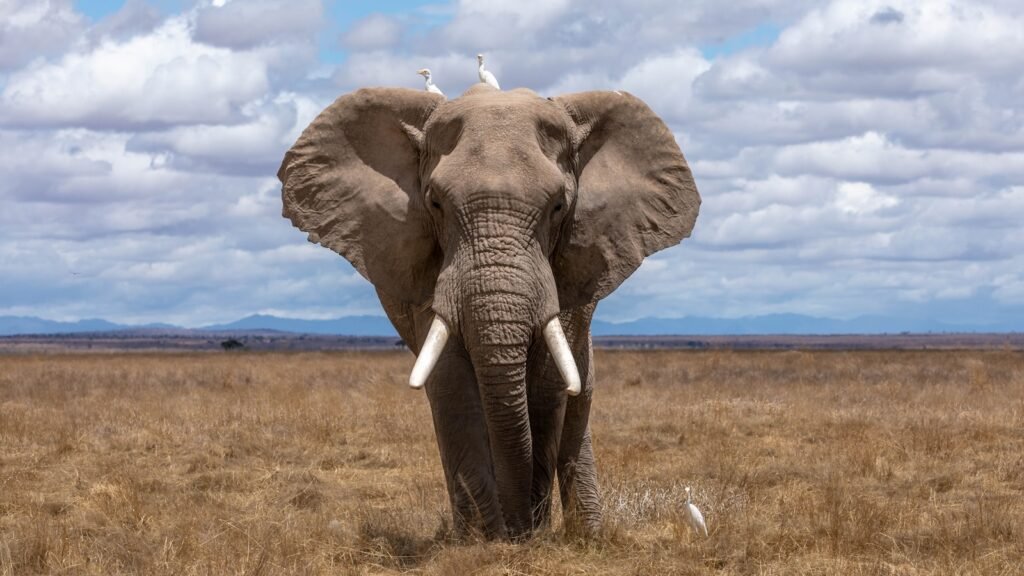
The elephant, killed in a remote section of Kruger, was a trap. Poachers, seeking ivory or bushmeat, doused its flesh with highly toxic pesticides like carbofuran or temik, cheap agricultural chemicals repurposed for wildlife poisoning. When vultures descended to feed, the poison acted swiftly.
“Vultures gather in hundreds around a single carcass,” explains Dr. Lindy Thompson of the Endangered Wildlife Trust. “One poisoned kill can wipe out an entire local population in hours.” The victims included Cape vultures, lappet-faced vultures, and critically endangered white-backed and hooded vulture species already teetering on extinction.
Why Vultures Are the Unseen Guardians of the Wild
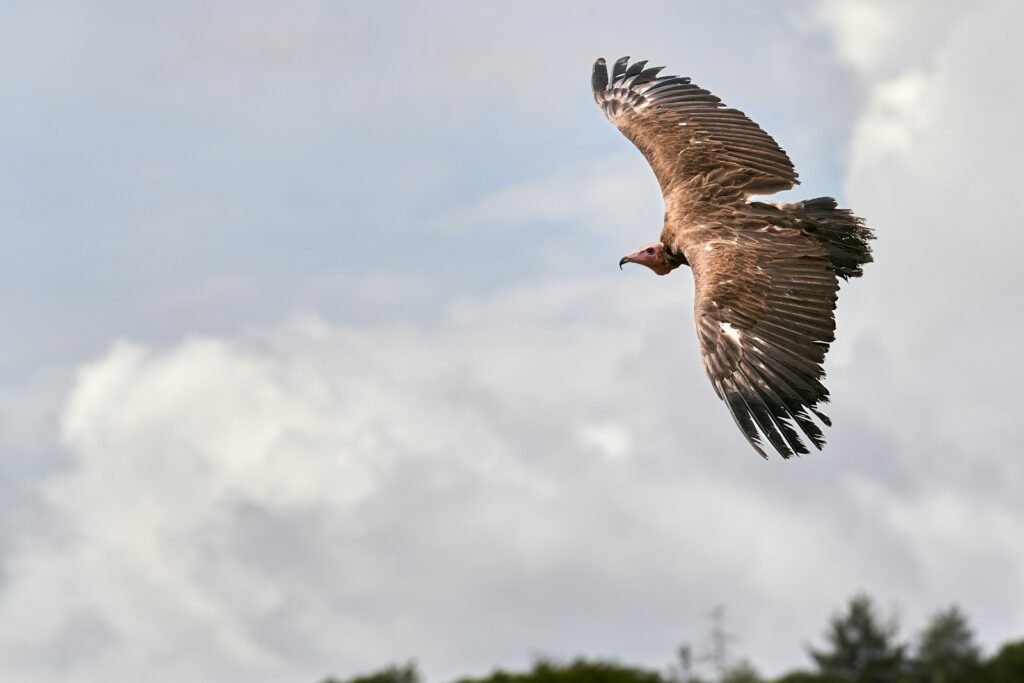
Vultures are nature’s cleanup crew, consuming rotting flesh that could spread anthrax, rabies, and other diseases. Without them, carcasses fester, contaminating water and soil. “They’re the invisible sanitation workers of the savannah,” says wildlife biologist Kerri Wolter.
But their efficiency is their curse. Poachers lace carcasses to eliminate circling vultures nature’s alarm system. “When rangers see vultures, they know there’s a kill,” explains a Kruger anti-poaching unit leader. “No vultures mean poachers can operate undetected.”
The Poison Trade: A Growing Crisis in Southern Africa
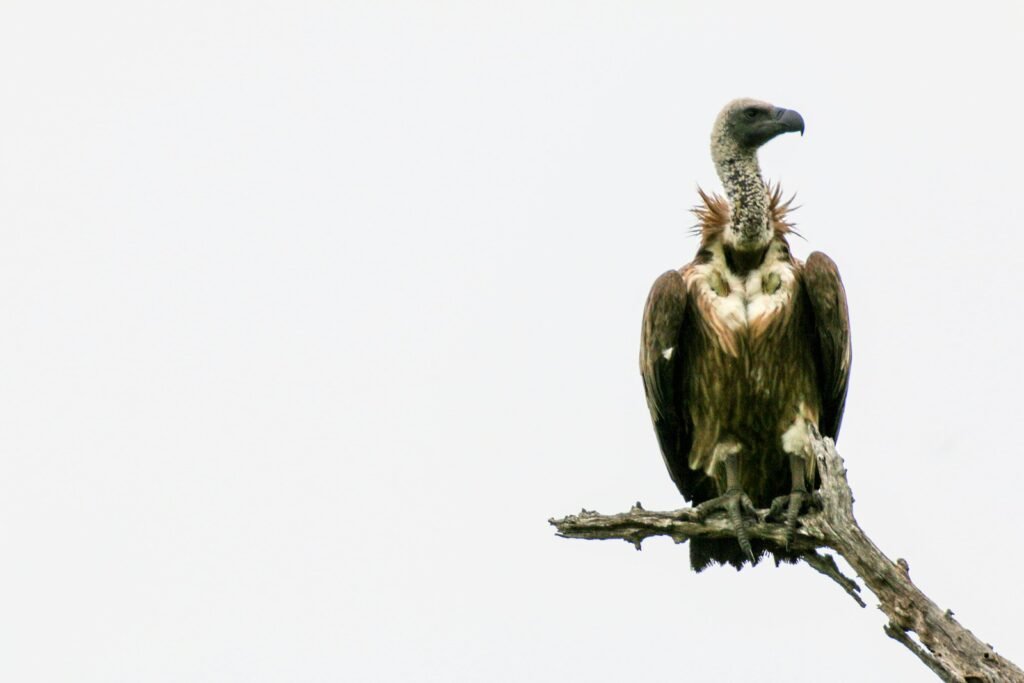
This massacre isn’t isolated. Across Africa, poisoning is now the leading cause of vulture deaths. In Botswana, 537 vultures died in 2019 from a single elephant poisoning. In Mozambique, 2,000+ vultures were killed over three years.
“Poachers use cheap, accessible farm chemicals,” says Dr. Thompson. “A $5 packet of pesticide can kill an entire flock.” The toxins linger, poisoning secondary scavengers like lions and hyenas collateral damage in an ecological war.”
The Race to Save the Survivors
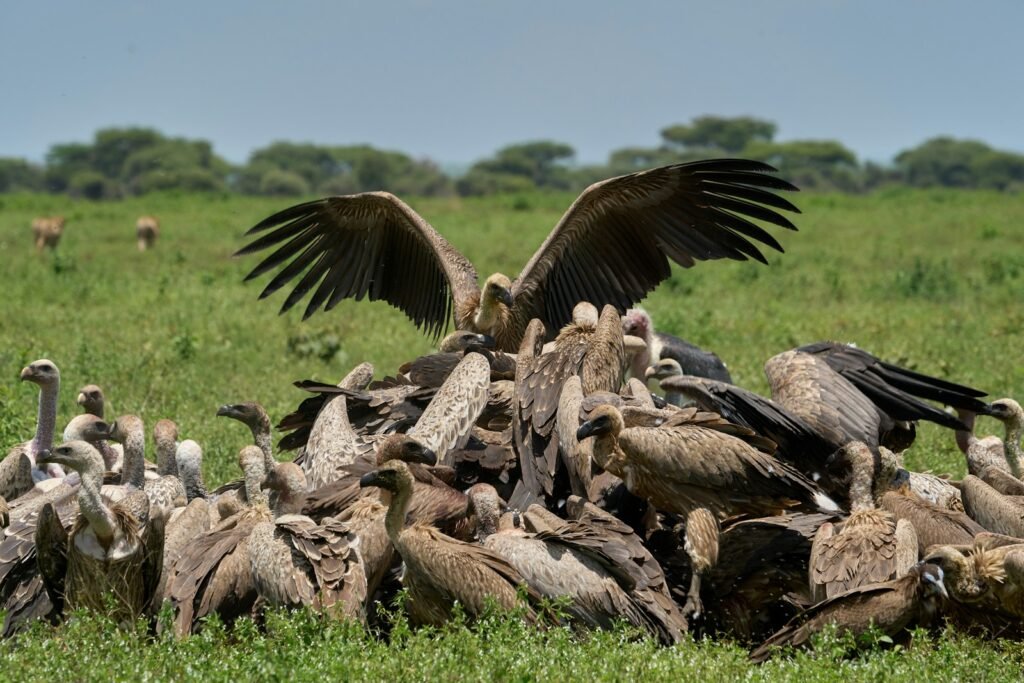
The 83 rescued vultures were rushed to rehabilitation centers. Some arrived convulsing; others were paralyzed. Veterinarians pumped them with activated charcoal and atropine, a nerve-agent antidote. “We’re fighting time,” said one rescuer. “Even if they survive, many can’t fly again.”
VulPro, a vulture conservation group, warns the toll could rise. “Many fledgling vultures starve when their parents don’t return,” says founder Kerri Wolter. “This poisoning hit at the start of breeding season and the impact could last years.”
Rangers vs. Poachers: A Deadly Daily Battle
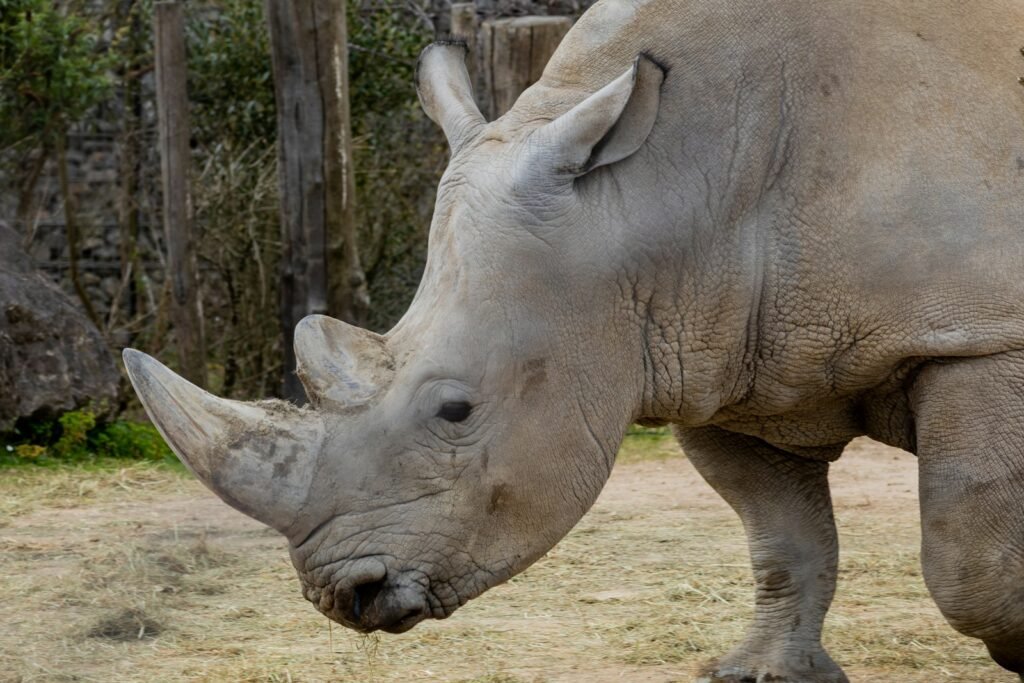
Kruger’s rangers patrol 20,000 sq km (7,700 sq mi) in an area nearly twice the size of Jamaica. Yet poachers slip through, armed with guns, snares, and now, poison. “It’s asymmetric warfare,” says a ranger. “They know we can’t be everywhere.”
The park has deployed drone surveillance and K-9 units, but toxins leave no tracks. “You only find the aftermath a field of dead birds,” says a SANParks official.
Can Africa’s Vultures Be Saved?
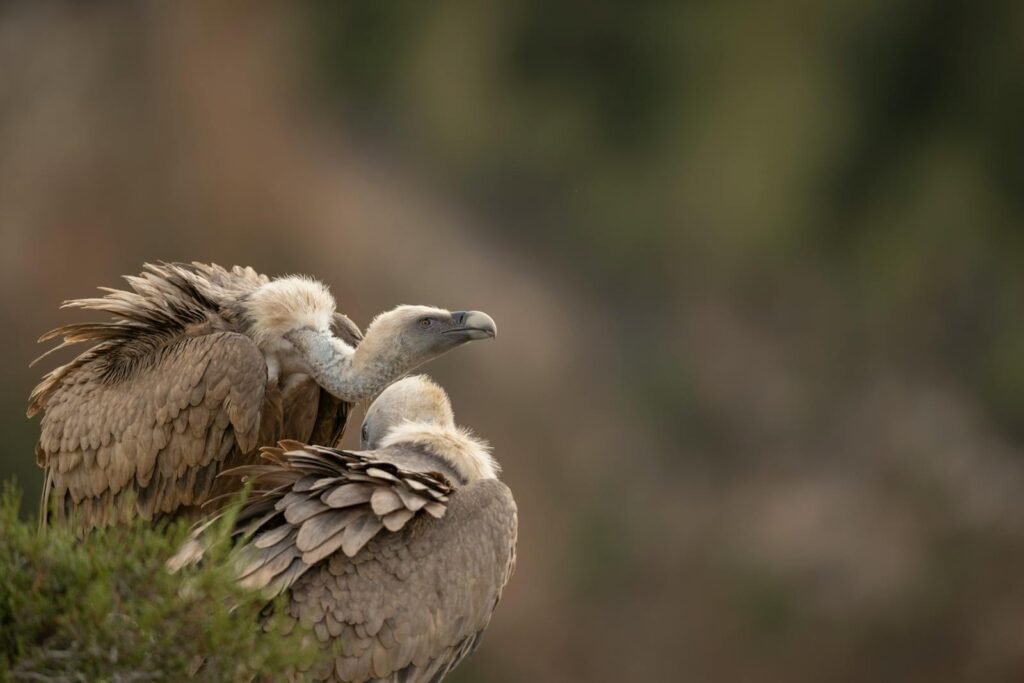
Conservationists push for stricter pesticide bans and faster response teams. Some propose “vulture safe zones” areas where carcasses are monitored. Others train community informants to report poisonings.
But the clock is ticking. Africa has lost over 60% of its vultures in 30 years. “If they vanish, ecosystems will collapse,” warns Wolter. “This isn’t just about birds, it’s about whether the wild can survive us.”
Conclusion: A Sky Without Scavengers
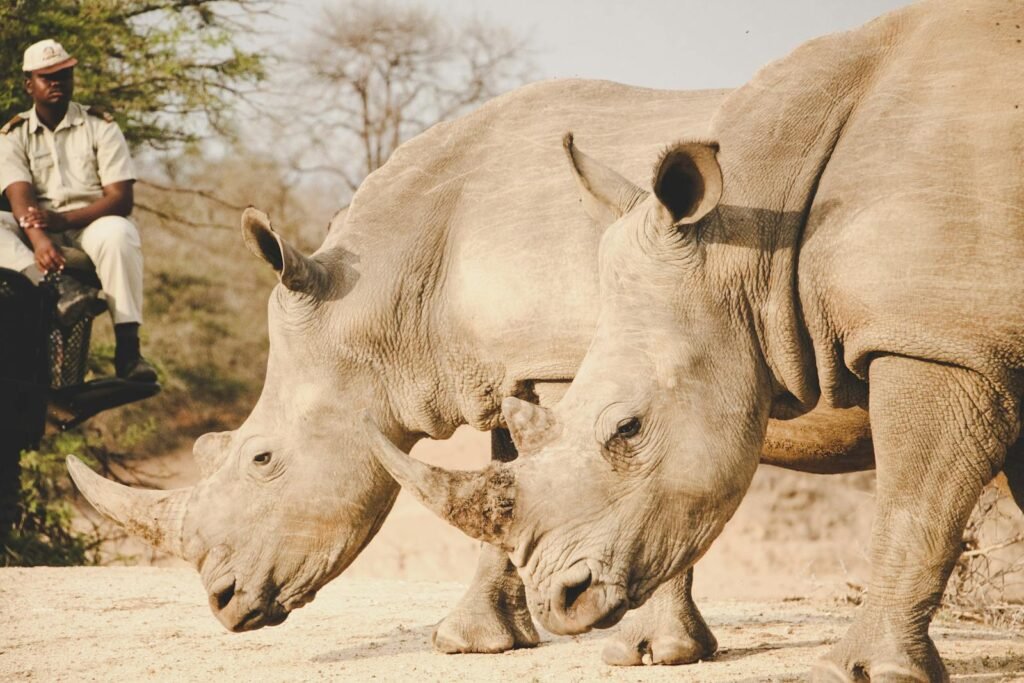
It was in the broad, sun-dried open grasslands of South Africa’s Kruger National Park that death moved in. A poisoned elephant carcass, steeped in farm pesticides, was a death trap for 123 vultures, nature’s cleanup crew supreme. The disaster, one of the most lethal poisonings in the park’s history, exposes a ghastly reality: poachers are not only killing elephants and rhinos, they’re wiping out the very scavengers that keep ecosystems going.
What can you do? Support vulture conservation groups like VulPro and Endangered Wildlife Trust. Spread awareness. Demand tighter pesticide controls. Because when the scavengers die, the wild dies with them.
Sources:

Jan loves Wildlife and Animals and is one of the founders of Animals Around The Globe. He holds an MSc in Finance & Economics and is a passionate PADI Open Water Diver. His favorite animals are Mountain Gorillas, Tigers, and Great White Sharks. He lived in South Africa, Germany, the USA, Ireland, Italy, China, and Australia. Before AATG, Jan worked for Google, Axel Springer, BMW and others.

